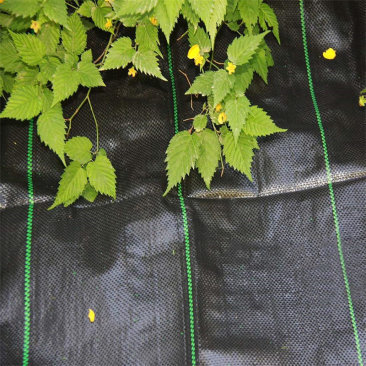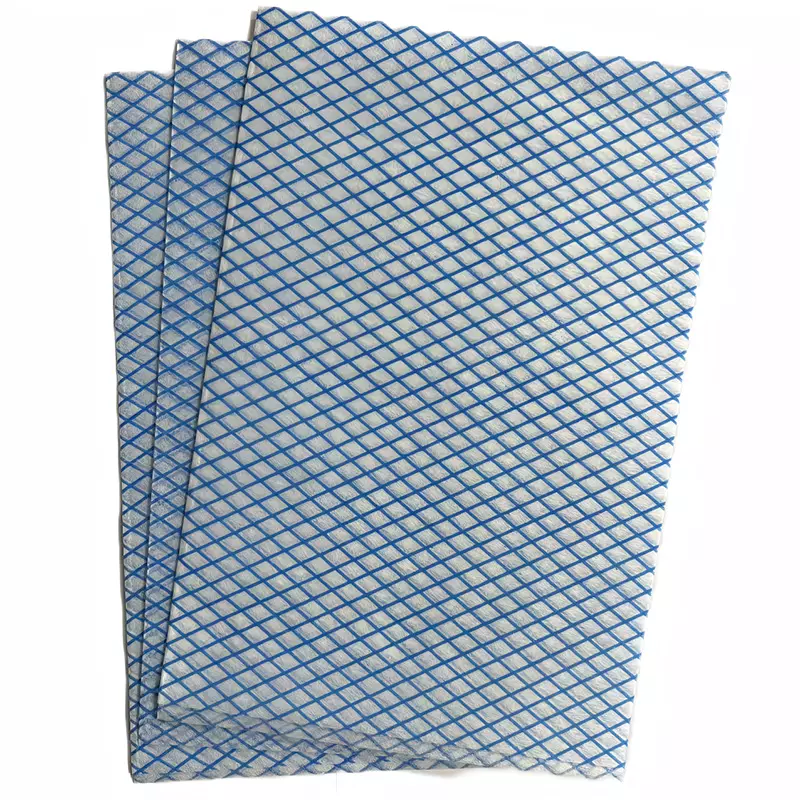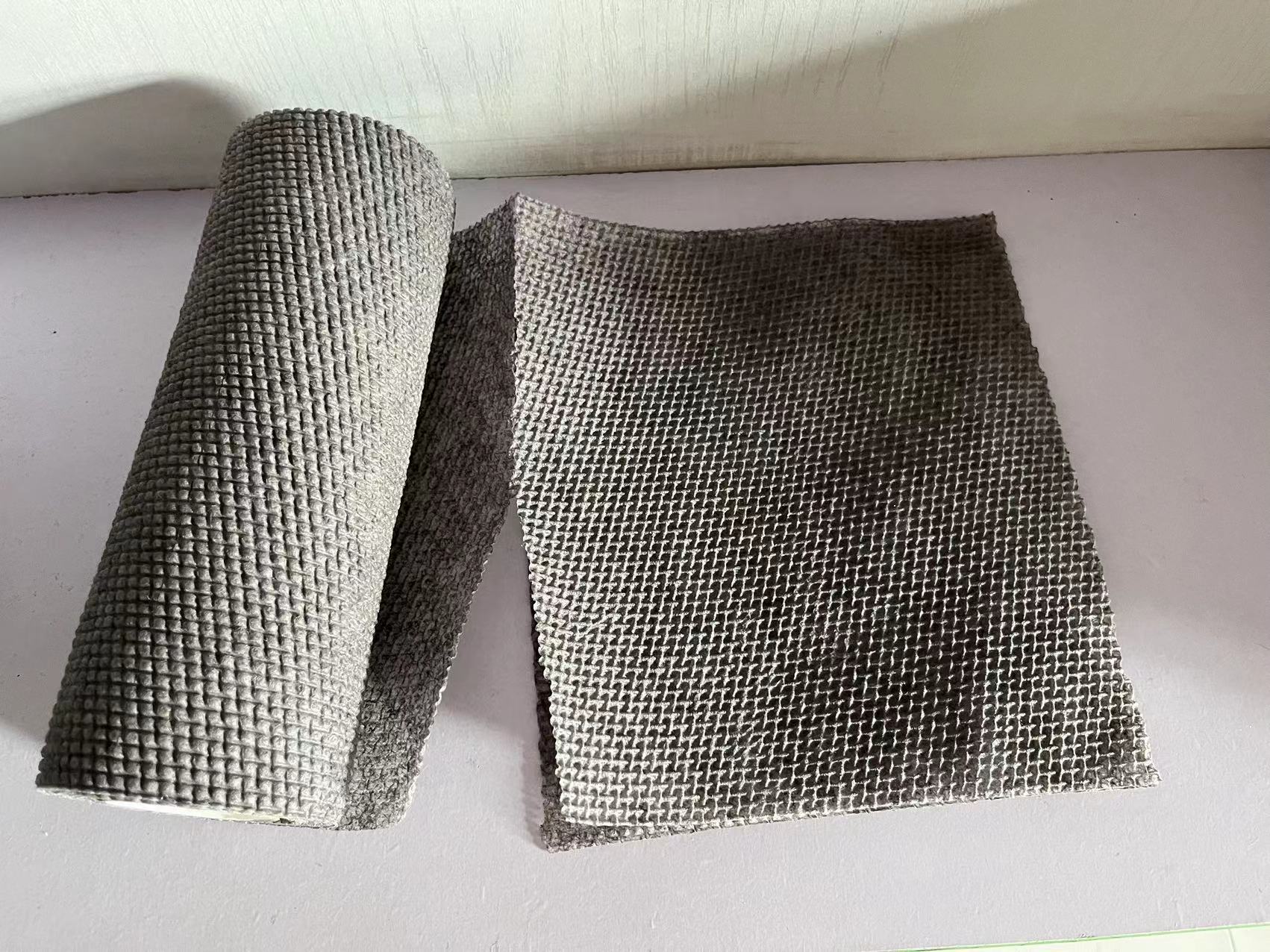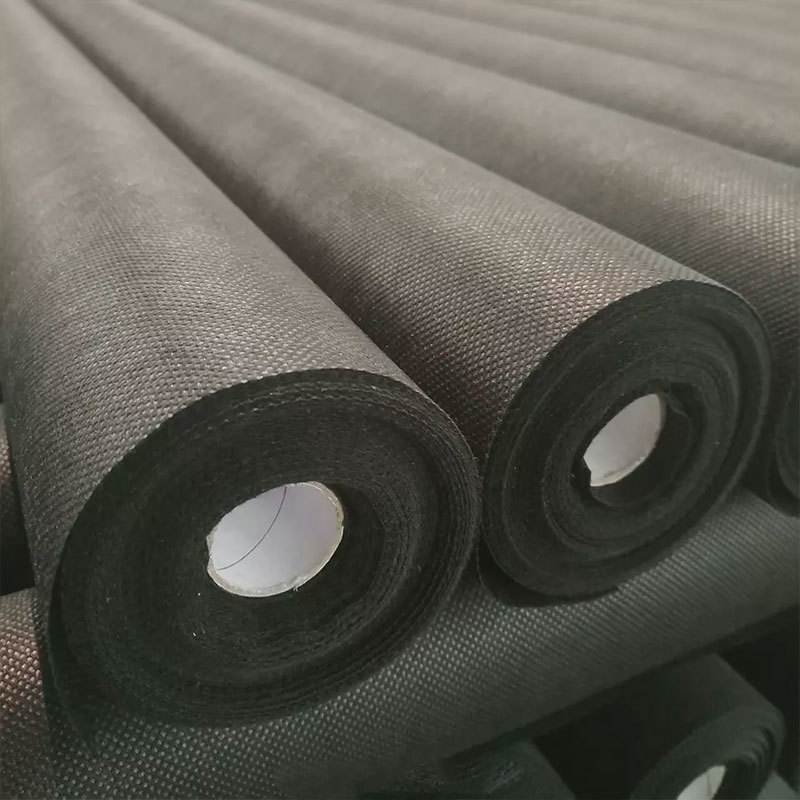26
2025
-
05
Top Applications of Spunbond Nonwoven Fabric in Various Industries
Top Applications of Spunbond Nonwoven Fabric in Various Industries Introduction to Spunbond Nonwoven Fabric Spunbond nonwoven fabric is a modern textile marvel that has transformed various industries with its unique properties and versatility. Made by bonding filaments together through heating and mechanical processes, it offers a lightweight, durable, and economical solution for numerous applic
Top Applications of Spunbond Nonwoven Fabric in Various Industries
Introduction to Spunbond Nonwoven Fabric
Spunbond nonwoven fabric is a modern textile marvel that has transformed various industries with its unique properties and versatility. Made by bonding filaments together through heating and mechanical processes, it offers a lightweight, durable, and economical solution for numerous applications. From medical to agricultural uses, spunbond nonwoven fabric stands out as a preferred choice due to its diverse functionalities. In this article, we will delve into its top applications across several sectors and explore why it is becoming increasingly indispensable in today's market.
The Unique Properties of Spunbond Nonwoven Fabric
Before exploring the applications, it is vital to understand what makes spunbond nonwoven fabric so unique.
1. Durability and Strength
Spunbond nonwoven fabric is known for its exceptional tensile strength. Unlike traditional woven fabrics, which can fray or tear, spunbond materials maintain their integrity even under stress. This makes them ideal for applications requiring long-lasting performance.
2. Lightweight and Flexible
One of the defining characteristics of spunbond nonwoven fabric is its lightweight nature. This flexibility allows it to conform to various shapes and sizes, making it suitable for a wide range of applications.
3. Breathability and Comfort
The fabric's porous structure ensures excellent breathability. This characteristic is particularly important in medical applications, where patient comfort is paramount.
4. Cost-Effectiveness
Spunbond fabric is produced efficiently, which translates to lower costs. This affordability, combined with its high performance, makes it an attractive option for manufacturers.
Top Industries Utilizing Spunbond Nonwoven Fabric
The Healthcare Sector
The healthcare industry is one of the largest consumers of spunbond nonwoven fabric. Its properties align perfectly with the stringent requirements of medical applications.
1. Medical Gowns and Drapes
Spunbond nonwoven fabric is a staple in the production of surgical gowns and drapes. Its barrier properties protect against fluid penetration while allowing for breathability, making it essential in surgical settings.
2. Face Masks
The demand for face masks has skyrocketed in recent years. Spunbond nonwoven fabric is widely used for both surgical and general-use masks due to its filtration efficiency and comfort.
3. Disposable Bed Linens
Hospitals use spunbond nonwoven fabric for disposable bed linens. These linens not only enhance hygiene but also reduce laundry costs and labor.
The Agriculture Industry
Spunbond nonwoven fabric has revolutionized agricultural practices by offering solutions that enhance crop yield and protection.
1. Crop Covers
Farmers utilize spunbond fabric as crop covers to protect plants from frost and pests while allowing sunlight and water to penetrate. This application promotes healthier growth and higher yields.
2. Weed Control Fabrics
Nonwoven fabric serves as an effective barrier against weeds. It suppresses weed growth while allowing air and moisture to reach the soil, which is vital for crop health.
The Automotive Sector
The automotive industry has also embraced spunbond nonwoven fabric for various applications.
1. Interior Upholstery
Spunbond fabric is used in vehicle interiors for door panels, headliners, and seats. Its lightweight nature contributes to better fuel efficiency while providing aesthetic appeal and comfort.
2. Sound Insulation
The sound-dampening properties of spunbond nonwoven fabric make it an excellent choice for automotive sound insulation mats, helping to reduce noise levels inside vehicles.
Consumer Products and Packaging
The versatility of spunbond nonwoven fabric extends to consumer products and packaging solutions.
1. Tote Bags and Shopping Bags
Eco-friendly spunbond nonwoven bags are gaining popularity as sustainable alternatives to plastic. Their durability and recyclability make them a preferred choice for consumers concerned about the environment.
2. Household Wipes
The nonwoven nature of spunbond fabric makes it ideal for household cleaning wipes. They are strong, absorbent, and disposable, making cleanup tasks more convenient.
Construction and Geotextiles
In the construction industry, spunbond nonwoven fabric plays a crucial role in various applications.
1. Roof Underlayment
Spunbond fabric is used as roof underlayment, providing waterproofing and thermal insulation properties that protect buildings from the elements.
2. Erosion Control
Geotextiles made from spunbond nonwoven fabric are utilized for erosion control in landscaping and civil engineering projects, effectively stabilizing soil and preventing runoff.
Innovative Developments in Spunbond Nonwoven Fabric
As technology advances, the applications of spunbond nonwoven fabric continue to evolve. Innovative developments are enhancing its functionality and expanding its usage.
1. Antimicrobial Treatments
With growing concerns over infections, antimicrobial treatments are now being applied to spunbond fabrics used in medical applications. This innovation further enhances their protective capabilities.
2. Recycled Spunbond Fabrics
Sustainability is becoming increasingly important in textile manufacturing. Recycled spunbond fabrics are now available, providing eco-friendly options for various applications while minimizing environmental impact.
Future Trends in Spunbond Nonwoven Fabric Applications
The future of spunbond nonwoven fabric is promising, with ongoing research and development aimed at expanding its applications.
1. Smart Textiles
Integrating technology into spunbond nonwoven fabric could lead to the development of smart textiles that enhance performance and functionality, such as monitoring vital signs in healthcare.
2. Enhanced Biodegradability
Efforts are underway to create spunbond nonwoven fabrics that are biodegradable, offering environmentally friendly solutions to consumers and industries alike.
Frequently Asked Questions (FAQs)
1. What is spunbond nonwoven fabric made from?
Spunbond nonwoven fabric is typically made from synthetic fibers like polypropylene or polyester, which are spun into filaments and bonded together.
2. What are the benefits of using spunbond nonwoven fabric?
The benefits include durability, lightweight nature, breathability, cost-effectiveness, and versatility for various applications.
3. How does spunbond nonwoven fabric differ from woven fabric?
Unlike woven fabric, spunbond is not made by interlacing threads. Instead, it uses a bonding process that results in a fabric without weaving, offering unique properties.
4. Can spunbond nonwoven fabric be recycled?
Yes, spunbond nonwoven fabric can be recycled, particularly when made from materials like polypropylene. Recycling initiatives are gaining traction in the industry.
5. Are there any health concerns associated with spunbond nonwoven fabric?
Generally, spunbond nonwoven fabrics are safe for use in medical and consumer products. However, always check for certifications and material safety data sheets for specific applications.
Conclusion
In summary, spunbond nonwoven fabric has made significant strides across various industries, offering innovative solutions that meet modern demands. Its unique properties, coupled with ongoing advancements and a focus on sustainability, position it as a vital material for the future. From healthcare to agriculture, its versatility continues to enhance functionality and efficiency in countless applications. As we look forward to the future, the potential for spunbond nonwoven fabric to drive innovation across industries remains limitless.
spunbond nonwoven fabric












